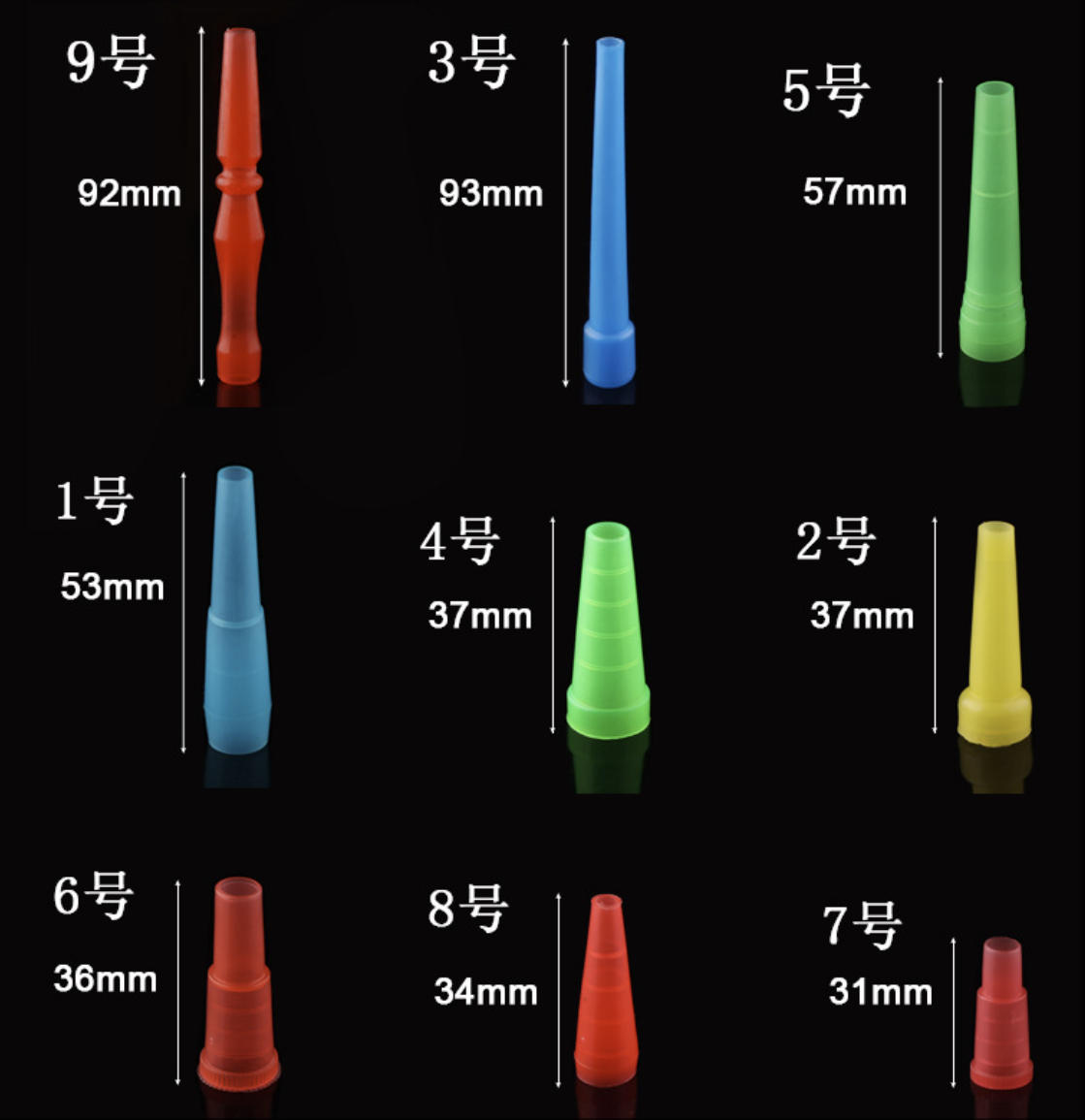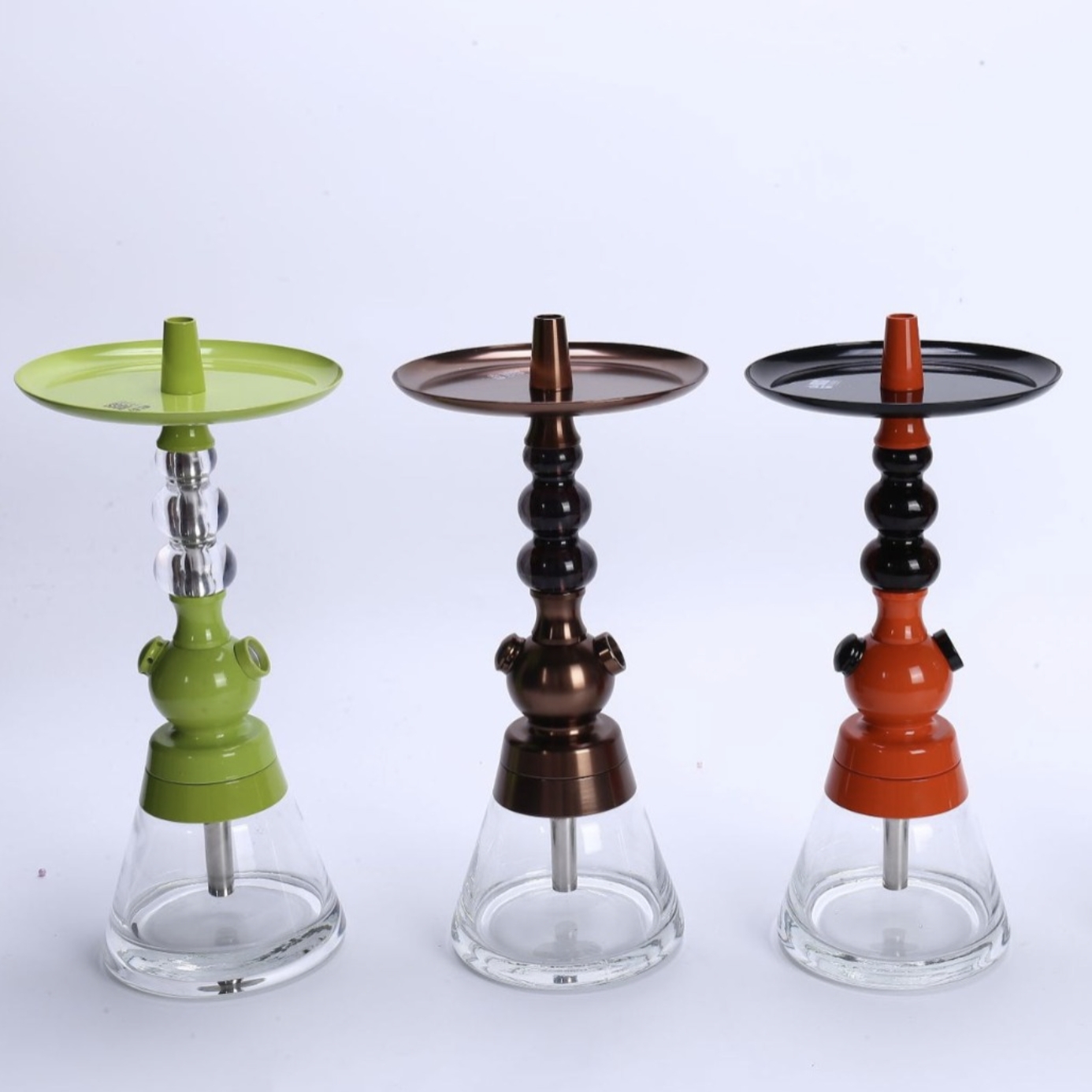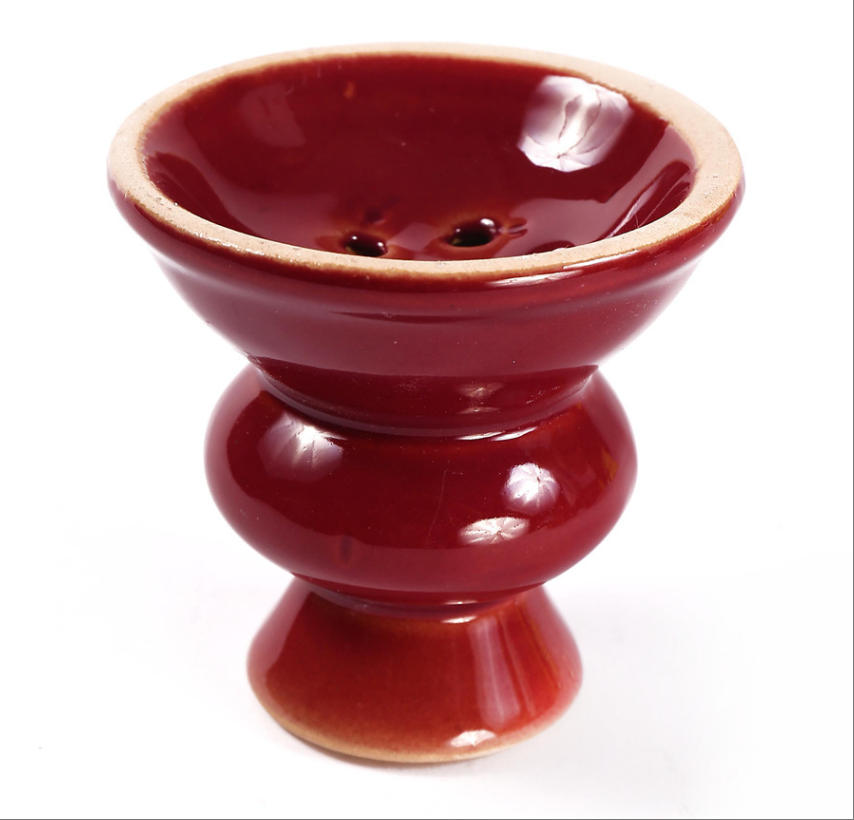History of china hookah
The Evolution of the Water Pipe: A Journey Through the History of hookah
February 27, 2025
The hookah , or Chinese water pipe, stands as a remarkable artifact that bridges cultural heritage, craftsmanship, and social history. From its humble origins to its golden age as a symbol of status and artistry, the hookah’s evolution reflects centuries of innovation and cultural exchange.
Origins and Early Development
The concept of water-filtered smoking traces back to ancient practices in India and the Middle East. Early prototypes, such as coconut-shell pipes and multi-chambered Turkish smoke hoods, laid the groundwork for water-filtered tobacco consumption. By the Ming Dynasty (1368–1644), these designs reached China via trade routes, where they evolved into the distinctively Chinese hookah. Initially popularized in regions like Fujian and Yunnan, the hookah became a staple among southern Chinese communities.
The Golden Age: Qing Dynasty to Early Republic
The Qing Dynasty (1644–1912) marked the hookah’s zenith. Crafted primarily from white copper (an alloy of copper and nickel), brass, or silver, these pipes were intricately designed with components like a smoke chamber, water reservoir, and mouthpiece, which filtered smoke through water to reduce harshness.
Artistic Mastery: Qing-era artisans transformed the hookah into a canvas for cultural expression. Elaborate engravings depicted scenes from classical literature (Dream of the Red Chamber, Romance of the Three Kingdoms), mythology, and nature, while techniques like cloisonné and openwork carving showcased technical brilliance
Social Symbolism: Beyond functionality, the hookah symbolized status and refinement. High-quality pipes were prized by scholars, officials, and the imperial court, with some fetching prices equivalent to ten silver taels during the Qing era.
Regional Variations and Craftsmanship
Production hubs like Guangdong, Suzhou, and Hankou became renowned for their distinct styles. Guangdong’s workshops excelled in delicate silver-inlaid designs, while Suzhou artisans incorporated poetic inscriptions and landscape motifs. Notably, the “Fish-Dragon Transformation” motif, a symbol of auspicious change, adorned many elite pieces, with one 18th-century porcelain hookah selling for HK$2.46 million at a 2010 auction.
Decline and Revival as Cultural Heritage
The rise of cigarettes in the 20th century led to the hookah’s decline as a daily utensil. However, its legacy endured through collectors and museums. Today, surviving examples are celebrated not only for their historical value but also as testaments to China’s artisanal traditions.
Modern Perspectives
While the hookah’s practical use has faded, its cultural resonance persists. Contemporary exhibitions, such as Wang Tianpei’s Smoke Through Time, highlight its role in documenting China’s social and artistic history. Meanwhile, debates continue over the health implications of water-filtered smoking, contrasting its perceived harm reduction with modern medical insights.
Conclusion
From a functional tool to a cherished heirloom, the hookah embodies the interplay of utility and beauty. As historians and collectors preserve these artifacts, they ensure that the stories etched into their surfaces—of dynasties, legends, and everyday life—remain alive for future generations.
For further details, refer to cultural archives or specialized collections on traditional Chinese craftsmanship.






